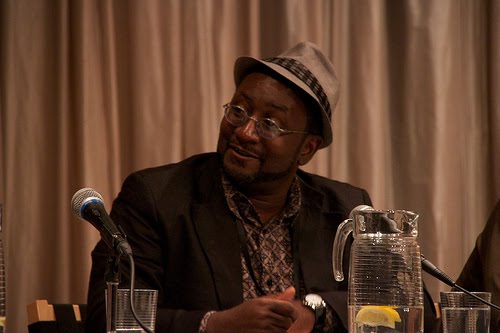Q: I just read your Churchboys book. What short story collections inspired you? What short story collections did you read growing up, or did you?
A: I am so backed up right now with old emails to respond to. Thanks for your patience. Your email is fairly new, and I know I should go back and respond to some of the older ones, but I like your question.
Well, the first short story collection I remember reading was Rudyard Kipling’s Just So Stories. I was very impressed with that book. I believe I was about nine or so, and what I liked was that the stories stood on their own but they were also related through theme, setting, and repetition of certain characters. Not too long after that, I read the 1001 Arabian Nights and Aesop’s Fables; I got the same fuzzy feeling when I recognized the connectedness of the stories as well as their independence. Of course, I read many novels and story collections before I had finished high school, but the collections that I prized almost always had that same dual quality—the short list of the remaining books is familiar, I am sure, but here it is in roughly the order and grade level I encountered each work: Martian Chronicles (10th), I, Robot (10th), 18 Stories by Heinrich Boll (12th), Winesburg, Ohio (12th), Goodbye, Columbus (Freshman year), The Collected Stories of John Cheever (Freshman Year)—and there may very well be others that I have left off the list. Later on in life (when I grew up) I too wanted to write short stories that were connected in some way and yet had the ability to stand on their own. The problem is always which stories to leave in, which stories to leave out. I think poets have this same problem when putting a collection of poetry together.
With the collection Churchboys, except for the Elwyn stories, the religious themes are fairly well muted. It is a religious world—the world of these characters in these stories—but religion is not “the point,” if you know what I mean. In the Elwyn stories, however, religion is the point, and there are four Elwyn stories, which is a lot. I knew I wanted the Elwyn stories to be the focus, but I did not want them to dominate the collection so much so that they would predict the direction of the other pieces—some of which, like I said, are not overtly religious. I solved my problem with placement and omission. First, I started the collection with stories that had strong, first person narrators that were distinctly secular, and only introduced the Elwyn pieces after I had set the tone for the book. Second, though I had written about 12 Elwyn stories up to that point, I only included four in the collection.
I am currently assembling stories for a new collection, and I am encountering a similar problem. The pieces are mostly noirish, so they all kind of work together in that sense, but three of them (of a total of 19) take place in cities other than Miami, five of them have linked characters, and one seems to want to be a novella. We’ll see what happens.
Thanks for the question.

No comments:
Post a Comment